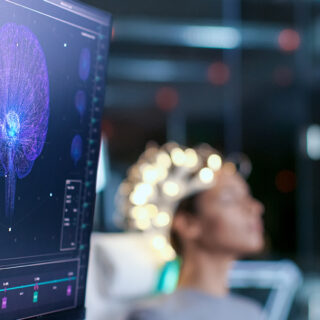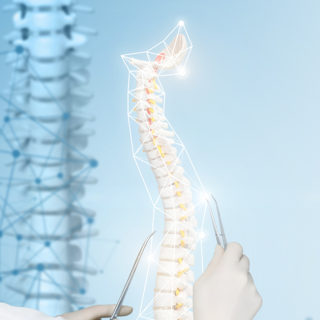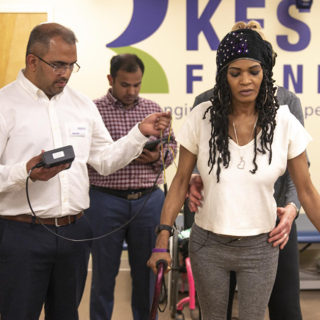Researchers discovered that they were able to restore volitional movement in two paralyzed patients through Epidural Stimulation Treatment or Spinal Cord Stimulation (SCS), according to NeuroscienceNews. The stimulator was also able to reduce hypotension or low blood pressure, especially in the arteries of the blood circulation system. The project is entitled The Epidural Stimulation After Neurologic Damage (E-STAND) study. The article indicated that this research provided another observation that even in severe chronic Spinal Cord Injury (SCI) cases, some volitional movement and autonomic function can be restored in paraplegic patients with SCS without the need for intense prehabilitation.
David Darrow, MD, winner of the Philip L. Gildenberg, MD, Resident Award, presented his research called “Immediate Restoration of Voluntary Movement with Epidural Spinal Cord Stimulation in Two Patients with Paraplegia,” during the 2018 American Association of Neurological Surgeons (AANS) Annual Scientific Meeting. E-STAND study was designed to assess the effect of SCS on paraplegic patients, directly on movement and cardiovascular function, while patients undergo the stimulator procedure from home.
Participants were selected from among a variety of chronic spinal cord injury patients with a motor level between C6 and T10, and with injuries spanning more than one year. Requirements for patients were to have full strength in their upper extremities and have discrete spinal cord lesions on MRI. The first two patients underwent surgical implantation of the stimulator including the electrodes, and was followed-up by the team.
The first two patients selected were female from age fifty to sixty, with complete motor and sensory paraplegia. They were assessed 36 hours after the SCS procedure was finished. The treatment revealed volitional movement only during stimulation in both patients, which proved to be a significant discovery since they had been eleven and five years out from surgery.
Epidural Stimulation Treatment was also found to restore normal blood pressure from severe hypotension. This was tested by tilt table testing in the second patient, who had exhibited severe low blood pressure on screening assessments, while having no effect on the normal blood pressure of the first patient. There were also improvement and restoration in bowel and bladder functions.
According to NeuroscienceNews, this research was the first of its kind where women with radiographically-severe SCI were able to restore some volitional movement and autonomic function after Epidural Stimulation.













